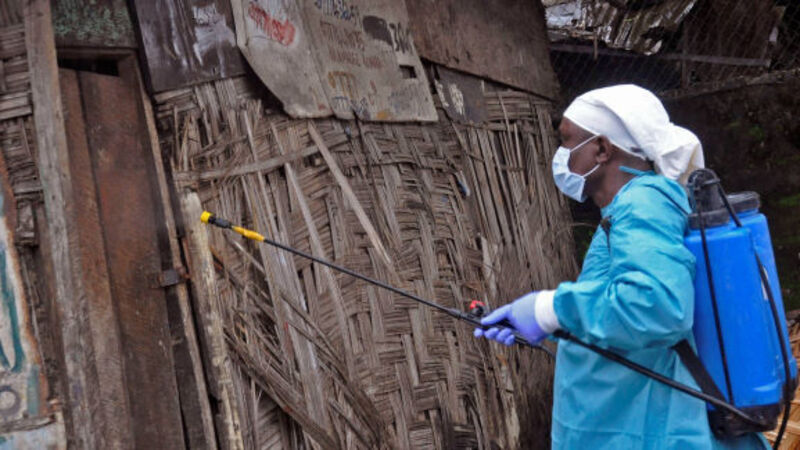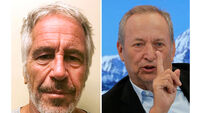Hopes raised for ebola treatment after monkey tests

The experimental drug ZMapp cured the animals even when administered five days after infection, while they were displaying severe symptoms.
All 18 rhesus macaques made a complete recovery, in contrast to three other untreated monkeys that quickly fell ill and died.
ZMapp is a blend of three laboratory-made antibodies designed to neutralise the virus.
Two US doctors given the drug, after they were infected with ebola while working in Liberia, recovered.
But it is not known whether they were saved by the drug or just lucky. About 45% of those infected in the current outbreak have survived without treatment.
At least two other patients treated with ZMapp have died, possibly because help got to them too late.
The new research, published in a special report on Nature journal’s website, provides hard evidence that the drug works and can be highly effective.
A team of scientists led by Dr Gary Kobinger, from the Public Health Agency of Canada, wrote: “ZMapp exceeds the efficacy of any other therapeutics described so far, and results warrant further development of this cocktail for clinical use ...
“We hope that initial safety testing in humans will be undertaken soon, preferably within the next few months, to enable the compassionate use of ZMapp as soon as possible.”
The news follows a warning from the World Health Organisation that the ebola outbreak in West Africa could eventually claim more than 20,000 victims. Latest figures show 1,552 deaths.
Ebola, belonging to the family of “filoviruses”, ranks alongside Marburg virus as one of the world’s deadliest infections. Fatality rates in previous outbreaks have been as high as 90%.
It kills by overwhelming the immune system and sending the body into shock as blood pressure drops to dangerous levels.
Currently there are is no approved vaccine or post-exposure treatment. Management of the ebola outbreak in Africa has been confined to palliative care and physical attempts to prevent transmission.
The development of ZMapp and its success in treating advanced stages of ebola infection was described as a “monumental achievement” by Professor Thomas Geisbert, from the University of Texas, writing in Nature.
He added: “The next crucial step will be to formally assess its safety and effectiveness. Testing the latter is clearly difficult, because intentional infection of human subjects in clinical trials is not possible.”
The treated monkeys were exposed to a lethal level of ebola virus before receiving three doses of ZMapp starting three, four and five days after infection.
The treatment reversed ebola symptoms including excessive bleeding, rashes, and liver damage.
Three weeks after they were infected, no trace of the virus could be detected in the animals’ blood.
Untreated monkeys all succumbed to the virus by day eight after infection.
One drawback of the research was that it used a version of the virus different from the Guinea strain responsible for the current outbreak, which was not available at the time.
But the scientists went on to show that ZMapp blocks replication of the Guinea strain in laboratory tests.
- The past week has seen the highest increase of ebola cases since the outbreak in west Africa began, the World Health Organisation (WHO) said yesterday.
The UN health agency warned that the outbreak in west Africa is accelerating and could eventually infect as many as 20,000 people.
Senegal recorded its first case of Ebola yesterday, the ministry of health said. The infected person is a young man from Guinea.
The outbreak that has killed more than 1,500 people began last year in Guinea, which shares a border with Senegal.
The disease has spread to Liberia, Sierra Leone and Nigeria. At least 3,000 people have contracted the virus.













